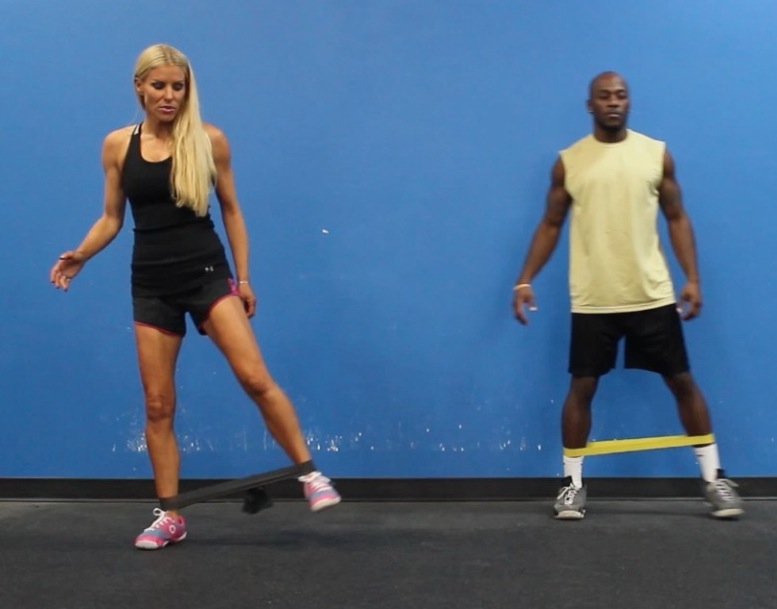The majority of people who exercise enjoy doing squats but resist doing deadlifts. In reality, it is more beneficial (depending on your goals) for your body to do deadlifts than squats. The hinge pattern in a deadlift is natural, and strengthening your hamstrings and glutes could be the ultimate factor in your performance. Learn how to properly perform a deadlift and strengthen muscles that are not only key stabilizers, but also primary in everyday movements. The three steps to completing a deadlift with good technique are:
1. Establish your range of motion. This will differ for each individual depending on the flexibility in the hamstrings and hips. Only work in the range of the exercise through which you can keep your spine neutral (back straight) with no compensations.
2. Push your hips back. Have a slight bend in the knee, but push your hips back on the downward movement (chest up). You should feel a stretch in your hamstrings (not a high amount of pain in your lower back).
3. Head and neck neutral– Keep your head aligned with your spine. Never allow any hyper-extension at the neck.
Start by doing a deadlift with no weight; performing with a dial rod can help you maintain proper body alignment throughout the movement. Follow these steps and witness the numerous results from having a strong foundation!






